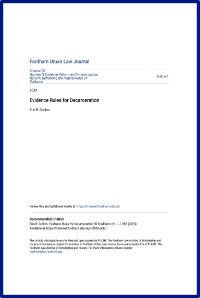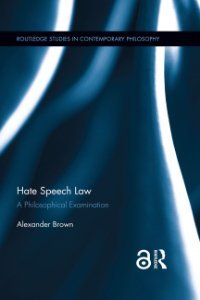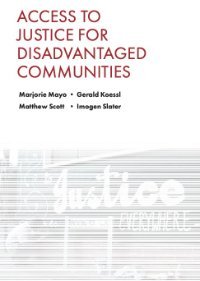By Becca Cadoff, Preeti Chauha, Erica Bond,
• Misdemeanor Arrest Rates: The misdemeanor arrest rates in all Research Network jurisdictions decreased in recent years. These declines often followed a period of significant increases in misdemeanor enforcement. • Misdemeanor Arrests by Race: Black people were arrested at the highest rates of any racial/ ethnic group for all jurisdictions across the entire study period. Racial disparities between Black people and White people existed in all jurisdictions, and these disparities persisted despite the recent overall declines in arrest rates. However, the magnitude of the disparities varied by jurisdiction and over time -- ranging from approximately three to seven arrests of Black people for one arrest of a White person. • Misdemeanor Arrests by Age: Arrest rates were highest for younger age groups (i.e., 18-20-year-olds and 21-24-year-olds) at the beginning of the study period. At the same time, arrest rates were generally much lower for the oldest age group (i.e., 35-65-year-olds). Over time, arrest rates for the younger age groups fell the most, sometimes to rates lower than 25-34-year-olds. • Misdemeanor Arrests by Sex: Males were arrested at higher rates than females in all jurisdictions across the study period. Although the arrest rates for males fell more than for females, this gender gap in arrest rates persisted over the study period. • Misdemeanor Arrests by Charge: Within the context of fluctuating misdemeanor arrests, the composition of misdemeanor charges changed over time across most sites. Cross-jurisdiction trends indicate a move away from more discretionary, drug-related charges and an increase in the share of charges where there is an identifiable complainant or victim (“person-related” offenses)….
New York: Data Collaborative for Justice (DCJ) at John Jay College of Criminal Justice , 2020. 34p.





















